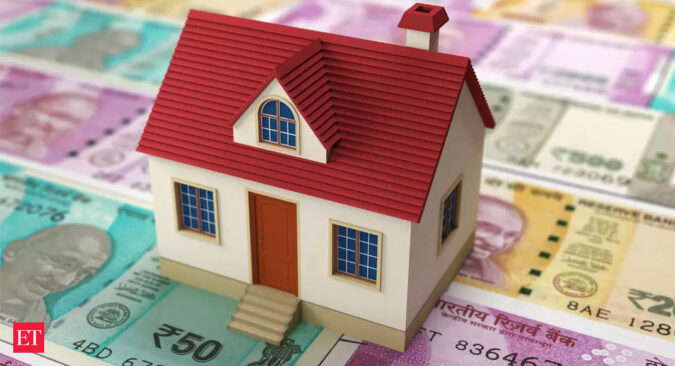The Confederation of Real Estate Developers’ Association of India (CREDAI) – MCHI, has written to Finance Minister Nirmala Sitharaman to request a change in GST structure to ensure viability of redevelopment projects in Mumbai Metropolitan Region (MMR).
Real estate projects involving redevelopment and rehabilitation are the mainstay of Mumbai’s property market as the land-starved city has few vacant land parcels. At present, around 19,000 properties in the city are awaiting redevelopment.
“The Mumbai Metropolitan Region is one of the most valuable real estate markets in India. However, it must be noted that a conducive redevelopment eco-system is required for the region to fully realize its potential, as there are numerous dilapidated buildings with roughly 50% of population still residing in the slums or old, dilapidated buildings,” said Boman Irani, President, CREDAI National.
Irani along with other members of CREDAI MCHI met the finance minister to make a formal representation on this matter.
According to Irani, while there have been measures taken by the government to promote more redevelopment projects, there is a need to course correct certain aspects from a regulatory and taxation standpoint. This will not only help enhance economic value but also facilitate both demand and supply for such projects in the long run, which mostly fall in the low and middle-income category and cater to the masses of a bustling city.The regulations for redevelopment in the Mumbai region are covered under the Development Control and Promotion Regulation (DCPR) 2034 that encourages such projects with a higher floor space index (FSI). However, the developers’ body believes that the GST being levied on the same defeats the purpose of rehabilitating existing tenants and enhancing real estate value as it puts the financial feasibility of numerous projects under severe risk.Currently, providing new houses to existing occupants, tenants, flat owners, and slum dwellers and selling the flats, shops, offices under sale component in the open market are being viewed as separate transactions leading to higher tax obligations.
According to CREDAI, the flats to existing occupants, slum dwellers, tenants, flat owners are provided free of cost and hence GST need not be charged where there is no consideration.
In effect, 10% GST is currently being charged on flats–5% on rehab and 5% on sale both borne by ultimate consumers–being sold from the sale component.
The economics of redevelopment projects, a type of an urban real estate renewal method where realty players takeover old buildings and rebuild them, is facing challenges due to higher GST costs.
The cost of construction of the rehabilitation component is already subsumed in the cost of sale component and hence taxing both rehab and sale separately would lead to double taxation. Sale component is already offered for GST and hence in effect value of construction of rehabilitation is also offered for GST being within it, the developers’ body said.
It has also submitted that construction of rehabilitation part is an input service that is a prerequisite for construction of sale component, which is the output service,
Projects that can absorb the additional GST burden, the eventual customers of the sale component bear the same as the cost of their apartments increases. The project unable to absorb this additional cost put by GST on rehab at notional valuations, the existing tenants or slum dwellers suffer as the project does not take off, the developers’ body added.
